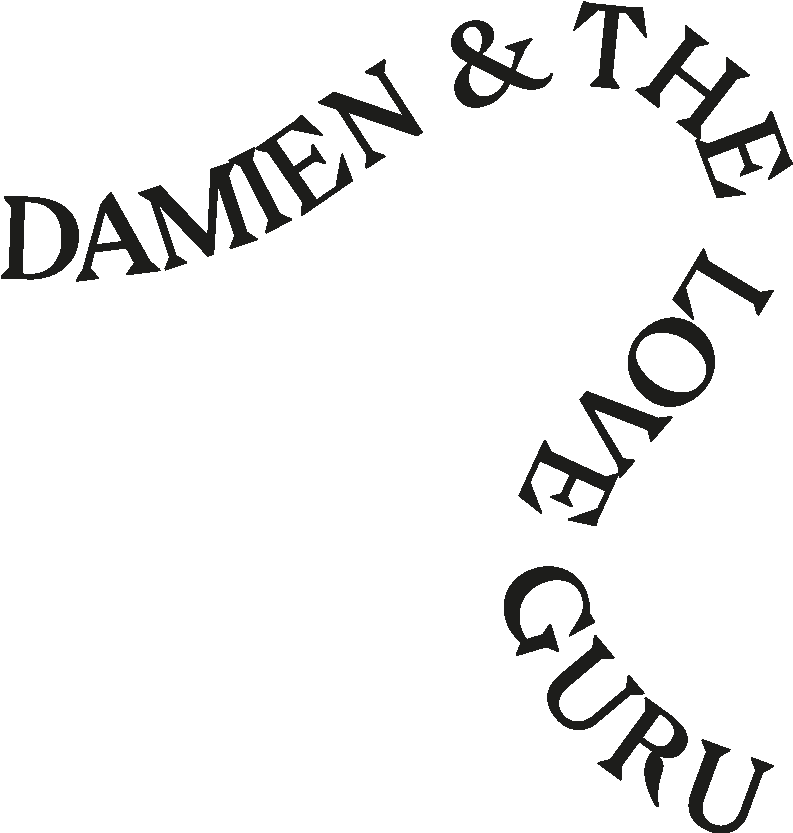Mathis Pfäffli
Liste Basel

Installation view
The work of Mathis Pfäffli is at once sturdy and fragile. In his sculptural arrangements as well as in the modified set of furniture he conceived for his gallerists’ booth at Liste 2025, he disassembles and reassembles found objects and materials with a sharp sense of improvisation. His makeshift engineering speaks to the kind of life skills that artists tend to develop in order to make do under the precarious conditions of neoliberalism. In his book Your Everyday Art World (2013), Lane Relyea notes that, under such conditions, “the bricoleur or semionaut seems an exemplary figure, mobile and independent enough to profit where others, because of class or political commitment, only find downside and vulnerability...”1 Hovering between the coldness of design and the endearing homeliness of bricolage, Pfäffli finds pleasure in devising an ornate kind of makeshift minimalism, one that blurs the boundaries between what is made, found and altered.
Pfäffli’s maquette-like sculptures, which he has been making regularly over the years, allegorically recreate the informal spaces of art. These “house-sculptures,” as he often calls them, can be understood as shrines or small altars memorializing the studios, the artist-run venues, the DIY residency spaces and the apartments of friends where he once lived, worked or exhibited. By honoring such spaces, the artist suggests a sense of community that viewers can access as an idiosyncratic abstraction through their individual experience of the work. Because these sculptures borrow the language of prototypes and scale models, they function like three-dimensional pictures in which viewers can project themselves and construct narratives. This distanced perspective on communal spaces brings to mind Maurice Blanchot’s idea that communities are shaped by the contingencies of outside perspectives.
There is a sense that something is breeding under the warm glow emanating from Pfäffli’s aluminum structures. With its glass drums, internal mechanisms and rattling metallic devices, the artist’s most recent assemblage suggests a ceremonial use—the object doubles as an uncanny musical instrument activated by other artists, such as Marianna Angel and Yanik Soland, a music duo from Basel.
Not unlike his sculptures, the artist’s intricate line drawings operate as complex assemblages where the drypoint precision of a technical draftsman merges with the whimsical quality of a cartoonist. These condensed and layered vignettes deployed on a large scale also speak to a nomadic life spent between residencies in Paris or Bucharest. For Pfäffli, drawing is a slow process by which “a line, an area of tone, is not really important because it records what you have seen, but because of what it will lead you on to see.”2 At times, Pfäffli’s retrofuturistic drawings seem inhabited as if they could to study the viewer who observes them like blueprints.
— Emile Rubino
1 Lane Relyea, Your Everyday Art World (Cambridge, MA: MIT Press, 2013), 201.
2 John Berger, Permanent Red: Essays in Seeing (London: Verso, 2019), 45.





Paris, 2024/25
Graphite on paper on metal sheet, magnets
180 × 120 cm (163 × 100 cm)

Paris, 2024/25
Graphite on paper on metal sheet, magnets
180 × 120 cm (151 × 100 cm)

Paris, 2024/25
Graphite on paper on metal sheet, magnets
180 × 120 cm (124 × 90 cm)

Bucharest, 2024
Graphite on paper
65 × 50 cm

Bucharest, 2024
Graphite on paper
65 × 50 cm

Bucharest, 2024
Graphite on paper
65 × 50 cm

Bucharest, 2024
Graphite on paper
65 × 50 cm

Bucharest, 2024
Graphite on paper
65 × 50 cm

Bucharest, 2024
Graphite on paper
65 × 50 cm

Bucharest, 2024
Graphite on paper
21 × 50 cm

2025
Found recombined material
Stools: height variable (~50 cm and ~60 cm)
Table: 75 × 50 × 90 cm

Additional view

Additional view

Additional view

2023
Aluminum, electronic scrap, cables, light bulb, found objects, glass, retail boxes
Approx. 60 × 40 × 80 cm

2025
Glass, metal, retail crate, electric motor, magnets
Dimensions variable

Additional view
